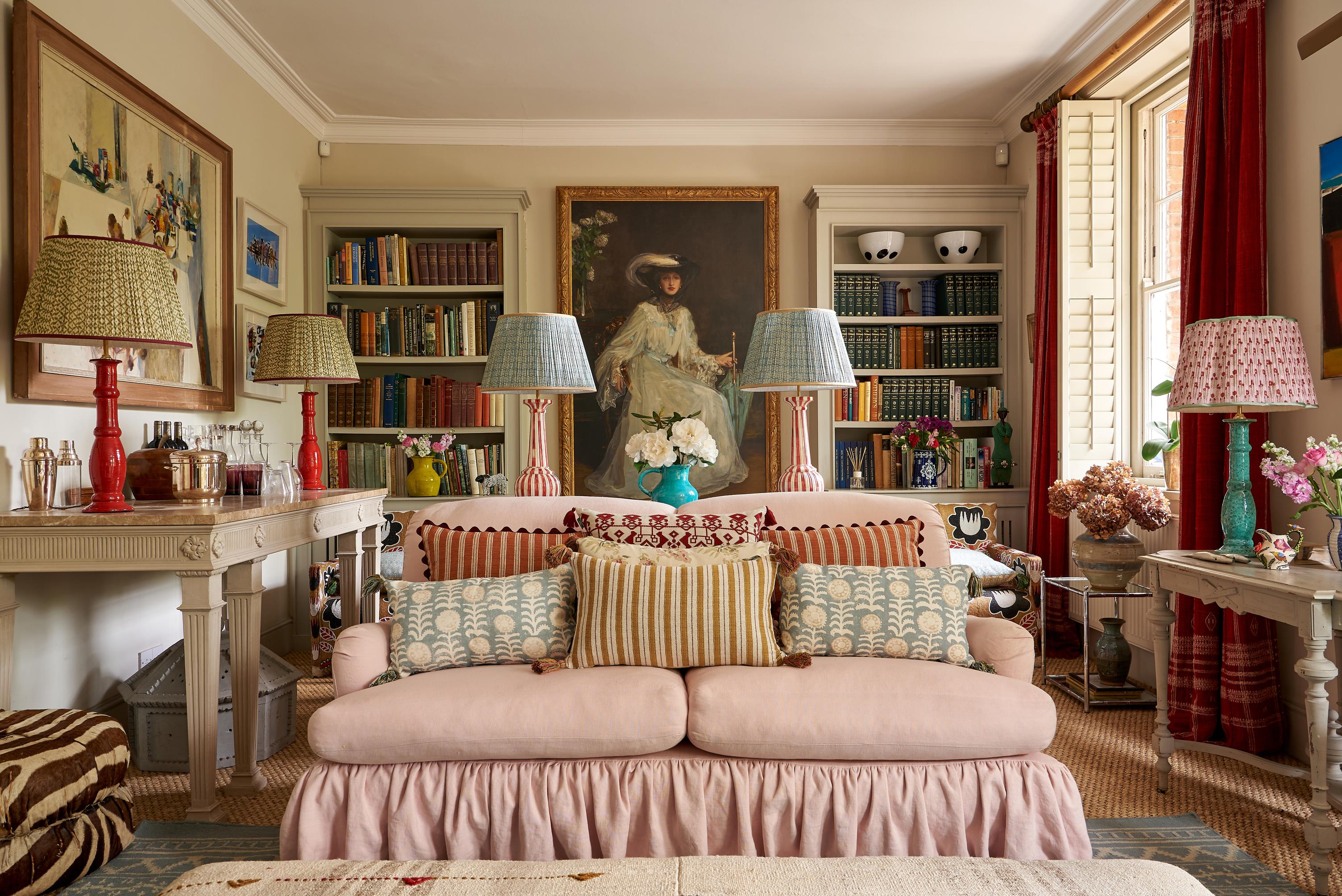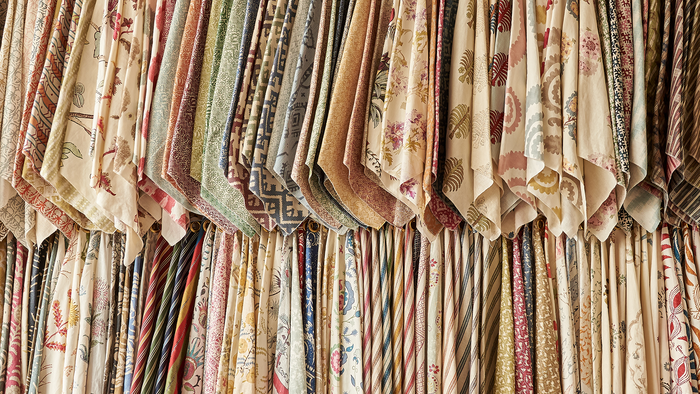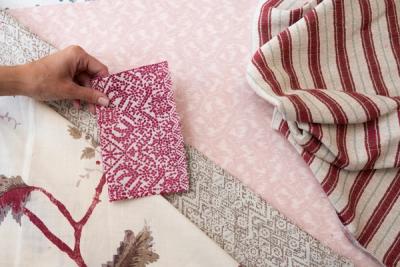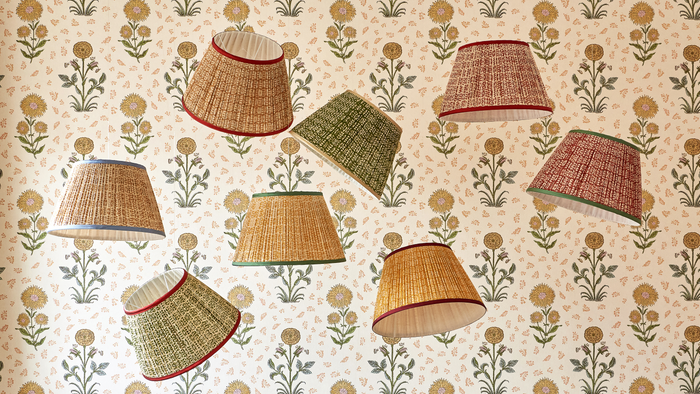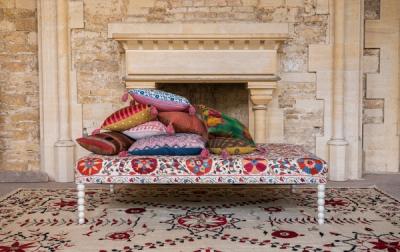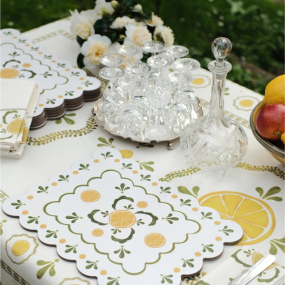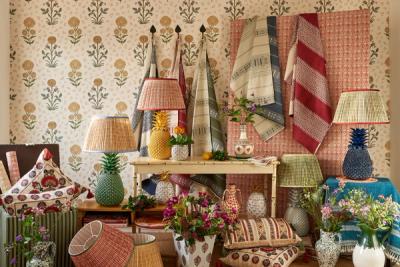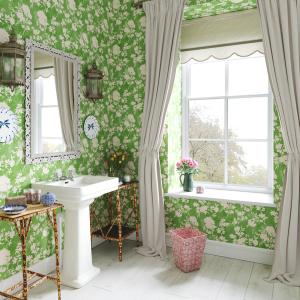Decoration
An Essential History of Turkish Embroidery

An Essential History of Turkish Embroidery
Turkish embroidery is an easily distinguished and very unique design from others - the technique and subsequent aesthetic haven't changed over time. Turkish embroidery is naturally very popular in Turkey, but it's also a valuable commodity sold to people worldwide. The history of Turkish embroidery is rich, spanning thousands of years and hundreds of generations, with each generation honing the technique further to produce divine, luxurious pieces of embroidery that many marvel over.
Below, we'll look at the history of Turkish embroidery, moving through the ages to unearth the journey of Turkish embroidery.
The Beginning Of Turkish Embroidery
Turkish embroidery is perhaps as old as the country itself. History reveals that widespread Turkish embroidery began in the 16th century when the Turks quickly became renowned for producing elaborate embroidery featuring gold and silk. However, the art of Turkish embroidery began centuries before that, with many assuming that the early Turkish Seljuk brought the art of silk embroidery with them onto Turkish soil as they emigrated from Central Asia between the 11th and 13th centuries.
By the 16th century, the Ottoman Turks - the ruling empire at the time - fuelled the creation of luxurious textiles and divine embroidery. Antique rug weaving and silk embroidery became mass-produced, establishing the process as a luxury court production. Much of the artwork happened within the harem of the sultan, the Topkapi palace being a prime location for textile creation.
Moving Through The Ages
It's clear to see that the earliest examples of Turkish embroidery have a striking resemblance to items produced in Central Asia and Persia. Designs were very naturalistic, featuring intricately woven flower designs that many Turks favoured. These distinctive designed inspired some of our own fabrics, including the Rumeli.
Over time, the motifs that dominated Turkish embroidery became widespread as the Turks became exposed to European influences. The Ottoman Turkish empire controlled much of Eastern Europe and the Balkans, so influence derived from these areas – it's easy to see the unique differences between embroidery techniques and styles across the world and how each one has influenced the next.
At the start of the Ottoman era, Turkish embroidery would feature traditional pomegranates and an eclectic array of floral motifs. Once the Ottoman Empire began to fall, the fusion of Turkish and European artwork and embroidery became clear. Thanks to the increased trade and sharing of textiles, Turkish embroidery slowly evolved.
While floral motifs continued to dominate Turkish embroidery styles, the floral style itself had new influences. European embroidery favoured small bouquets of flowers scattered over a piece of fabric - so Turkish embroidery adopted the same technique rather than the more traditional design of large flowers and patterns, as exemplified by our Turkoman fabric.
Today, Turkish art and textiles are considered to be luxurious. Everything from the material to the embroidery design is delightful, making it an attractive addition to any home. The luxurious quality also gives it a high-end price, with items typically selling at premium outlets.
Uniquely Divine Aesthetics
The uniquely divine aesthetics are what gives Turkish embroidery the price tag it does. The art form is a technique passed down through generations. Thanks to the tradition of colour and the outstanding beauty of the natural design features, Turkish embroidery tends to create striking designs that stand out from the crowd.
Despite the heavy influence of European embroidery, the Turkish-favoured brick red and dark green colours of the fabric with typically gold or colourful embroidery make Turkish embroidery unique.
Traditional Embroidery Textiles
Turkey, like Persia, quickly became famous for weaving and embroidering rugs - thousands are sold yearly for substantial amounts of money. Luxurious silken threads weave into materials like cotton or wool. Rugs are the most popular and recognised form of Turkish embroidery, but the artwork and craft are also featured on bedsheets, handkerchiefs, towels, and bags. Traditional Turkish textiles will feature colours of blue, red, greens, and orange, with red and green being the favourite,
Turkey still produces thousands of textiles yearly, with some higher-priced items featuring the most luxurious materials or one of the best designers behind them. The history of Turkish embroidery, it's clear to see, draws influence from European textiles, but the finished product is very much Turkish. Expect beautiful and intricately designed textiles when searching for Turkish embroidery.
At Penny Morrison, the incredible world and history of textiles and design continue to influence every piece we create. You can browse our full range of fabrics to see how our travels and experience combine to create unique designs evocative of movements and styles from across the globe.
More from Decoration
